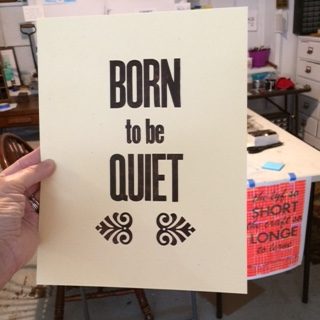
I’ve been thinking about my life lately, like who I am and when I figured that out..
The hard answer is that I don’t think I knew until a few years ago. I spent most of my life trying to be someone I wasn’t, and that’s not a pretty admission.
But I do remember the first time I experienced something that would help me on this path. I took a recertification course for teaching. I signed up for programming, and I’d never seen a computer. Back in 1985, there weren’t many, but I was intrigued.
I spent the first three weeks complaining– about the difficulty, my lack of understanding, and my frustration. And then one day it clicked and I wrote a program that worked.
From that day on, I realized I loved solving problems and being creative. I began learning again, first as a teacher and then as an instructional technology coach. When we had problems with our school network, I’d stand in front of the cables and routers, trying to figure the problems out. When I wanted to start blogging, I called the only teacher in the county I knew who was doing it: Will Richardson. We installed Manilla software on the server, and we were up and running.
When the school needed a webpage, I taught myself HTML. When my second computer died, I finally learned how to trouble shoot it myself instead of following the directions to reformat (and lose) everything. I began connecting with others online, learning both how to be a better teacher and how to use the power of a group. A few years ago, I decided to explore letterpress printing. Because I’d learned to build a community online, I knew I could reach out and get help. Now, three years later, I am printing and running a small business.
I say this not to pat myself on the back but to point out how long– 45 years– it took me to learn that I love being creative. I love to learn. I love change.
The last few years I’ve embraced the idea of solitude and quiet, realizing that more than anything, I like to be alone. And that’s ok.
My wish–for my grandchildren and for all the children–is that they learn about who they are and what they want from life at an early age. This comes from play, long talks, empathy, and kindness. Wouldn’t it be lovely if children spent the first few years of school learning to get along and getting to know themselves instead of being pounded with homework and stress?
From Will: It would make more sense to focus simply on nurturing and supporting the learning mindsets that kids already bring with them, rather than forcing them to adopt a “school mindset” that has little connection to their real lives.
Self-acceptance, learning to ignore the ego, and loving one another, these will grow a happy life. Everything else will fall into place.


